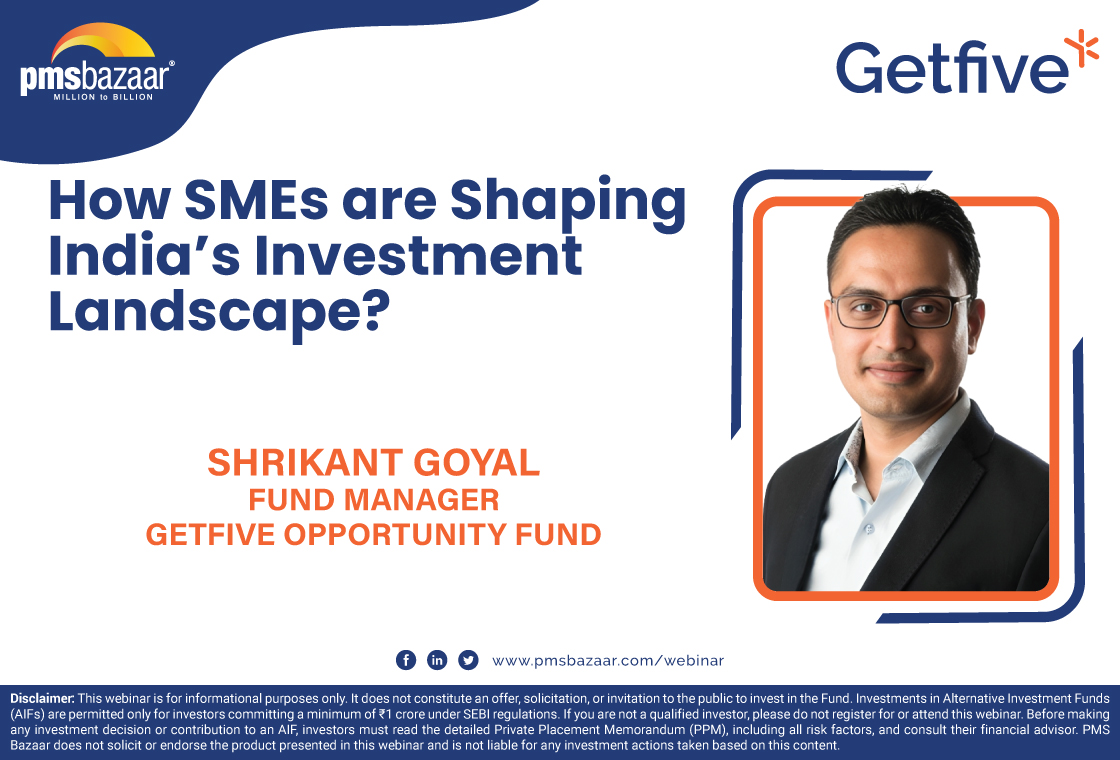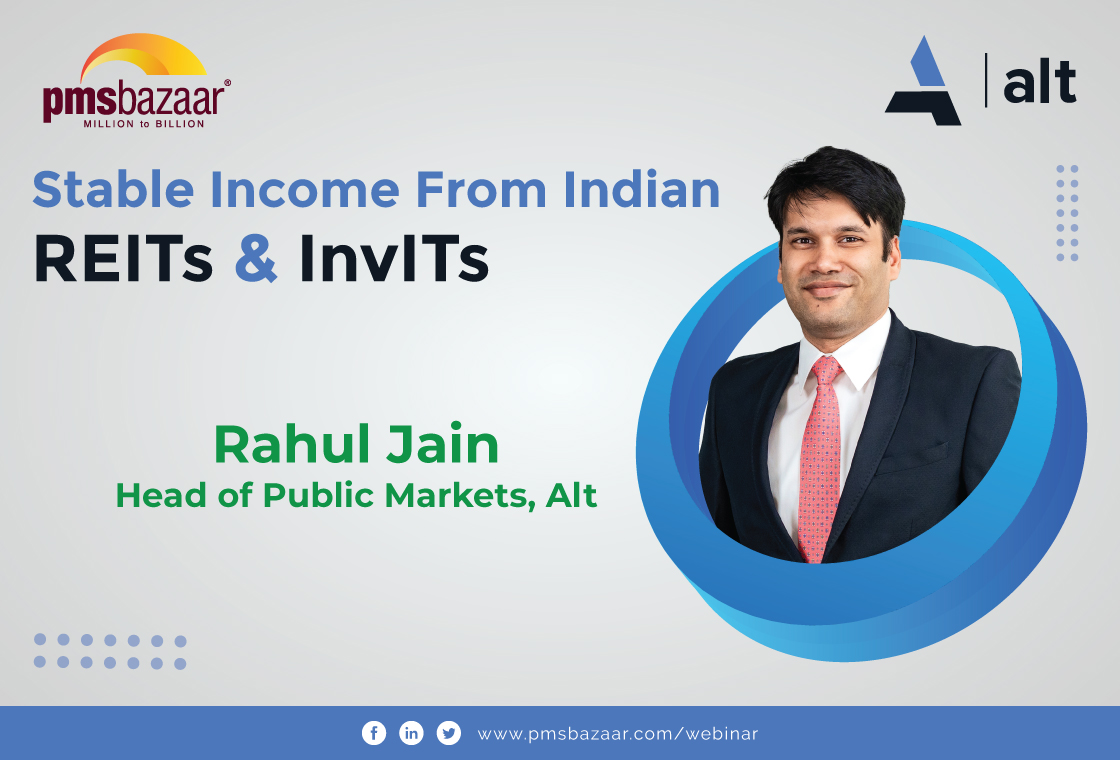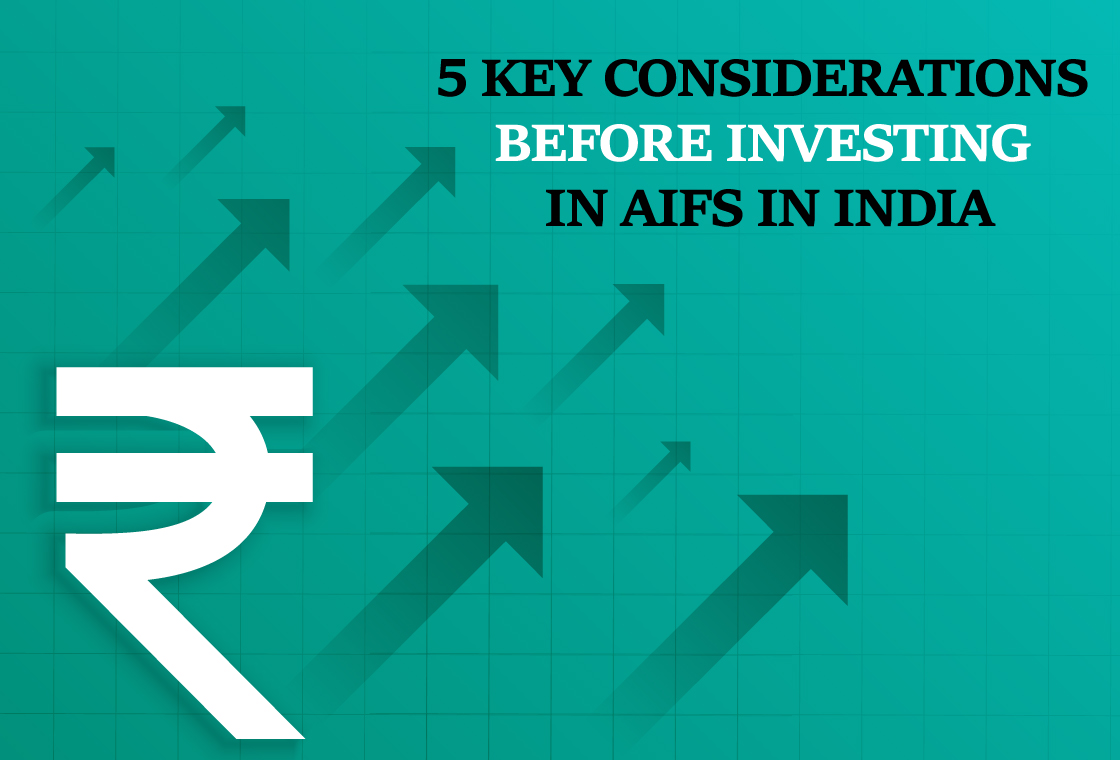A capital growth strategy aims to optimize the long-term capital appreciation of an investment portfolio by allocating assets to securities with high expected returns. Today, Indian fund houses are upbeat about the growth of the manufacturing sector, hence they are looking at investments in growth-oriented manufacturing sectors that will generate high returns. In this blog, we shall discuss Emkay Investment Managers’ latest strategy on India’s manufacturing sector, how the sector has been rebounding, and factors that have been contributing to the rebound and growth of the manufacturing sector.

The insights covered in this blog are taken from an insightful webinar on the topic “Achieving Long-Term Capital Appreciation Through PMS”. The keynote speakers were Mr. Sachin Shah, Fund Manager, Emkay Investment Managers Ltd with over two decades of experience in the Indian equity markets, and Mr. Kashyap Javeri, a Fund Manager with more than a decade of experience in company and sector research. They presented Emkay’s New Vitalized India (ENVI) strategy covering several key points related to the strategy.
Key insights covered in this webinar blog:
- The rebound of the manufacturing sector
- Sense of Déjà vu
- China+1
- Policy support from the government
- Risk Mitigation
The rebound of the manufacturing sector
The manufacturing sector has slowed down for a variety of reasons, including demonetization, GST, and Covid, but the important thing is that there have been a number of undercurrents that are now playing out very strongly for the re-emergence of this sector. So the manufacturing sector today is at a turning point.
For industrial growth, there are three essential points, one is the manufacturer or an industrial sector player who is now recovering back to health after going through a fairly long turbulent time, and next is the government which has been very supportive in the last five years, and then we have the return of consumers who have been missing in action for nearly 5 years.
While the manufacturing sector has seen turbulent times, we have also witnessed cash ROCEs have improved to almost 20% driven by tighter working capital cycles. The difference between cash ROCE and comparable investment is one of the highest. The attractiveness of cash returns along with capacity utilization has put manufacturers on the rebound. With robust returns, the manufacturing sector is adding to capacity utilization. Registration of the manufacturing sector has been the highest in the last 7 years with the share of the manufacturing companies in the total registrations of companies also very high. The number of environmental clearances sought and granted is also at the highest ever.
Sense of Déjà vu
There are structural changes despite the challenging period that occurred between 2016 and 2021. The entire industrial or manufacturing sector took advantage of the opportunity to get back in shape during that time. Whatever policies emerged from the government's perspective, they were also supportive. The corporate tax rate has decreased from about 33% to 25%, as well as the cost of debt has decreased. Though we shall witness a rising interest rate cycle, even with that factored in, the cost of debt would be much lower.
Corporate balance sheets have been deleveraging. Today's NIFT 500 index and the debt to equity ratio at the gross level, shot up to almost 57% pre-Covid that number has now come down to almost 42%. The net debt to equity ratio is less than about 0.3x on a debt basis.
As far as funding of Capex is concerned the banks have also put themselves in shape with NPL declining across the board. Despite Covid, RBI has pushed a lot of banks to shore up the tier one capital ratios. When consumption and Capex both bounce back, there would be support from financial institutions. Between 2022 and 2026, we will see bonds return to corporate, growth in per capita, and GDP bouncing back and similar to what we have seen in the last six to seven years.
China +1 strategy
Global systems and the global economy have also been quite supportive of the Indian manufacturing sector. There have been many MNCs in China who have been talking about the fact that they want to diversify from China, and they want to keep Chinese capacities for supplies within China and for anything that they want to supply to the world they want to put up new capacities in India to the extent that some MNCs have spoken about doubling the gross block in their Indian entities so that they can supply to the world.
Also, Indian exports have become competitive with Chinese exports for the last five years, wherein the Indian rupee has depreciated slightly against the US dollar, rising from around 64 76, but the Chinese yuan has appreciated against the Indian rupee in comparison to the US dollar, which has made Indian exports even more competitive.
Another thing that has happened in this space is that when the Covid 19 struck, the haphazard policies at the Chinese government level had disrupted the supply chains in terms of supply of goods from China and the shipping lines across the globe and which is why a lot of global corporates have become wary of importing goods from China.
Policy Support from the Government
The government has become openly supportive of the manufacturing sector, evoking memories of the administration's early support for the services industry in 2000. So we had section 10AA, which provided a lot of tax benefits to the IT industry, and now we have the tax cut for new CAPEX, which means that instead of paying 33 percent tax today, you only have to pay 15 percent tax. If you look at the PLI scheme as of today, there are total incentives worth 2.4 trillion rupees.
If you break this up yearly, these 2.4 trillion rupees of investments within the industrial sector will generate a revenue of almost about 39.6 trillion rupees over a block of five years starting from 2023 24 onwards. This has the capacity to add almost about four percent of GDP on an annual basis. In terms of consumption, if I look at the per capita figures, the latest five years between 2017 and 2022, spending on consumption in comparison to 2008 to 2016, the rate of growth has slowed substantially.
There were several reasons for this: first, there was demonetization, which took away people's cash; second, there was the GST, which disrupted a lot of supply chain networks. Then came Covid-19, which took away many people’s livelihood. The most important was we have seen a complete lack of inflation and the WPI (wholesale price index) seven-year growth would have been probably just about 1-2% so at a nominal level the per capita final consumption could not grow.
However, today, consumers have made a comeback. If you look at per capita GDP growth for 2022, we are now higher than 2020 in terms of per capita GDP, which means that over the next five years, if nominal GDP grows at about 10% and population growth is probably just about 1-1.5%, our nominal GDP can grow back again at about 12 to 13% growth rate like what we had seen in the past in 2008 to 2016.
Risk Mitigation
There is no return without risk, thus there is a risk to be taken when placing a bet on such a long-term bet and a very substantial paradigm shift. However, there are a lot of ways you can mitigate risks. In the case of inflation risk (peak inflation, rising oil prices), we must invest in companies with pricing power even if it is delayed by a few months.
In the case of interest rate and liquidity risk (if inflation rises, interest rates too rise; tightening of balance sheets by global central banks may lead to liquidity risk), we can invest in companies that are low in Debt-Equity ratio. In case of economic slowdown risk (high-interest rates globally will slow down economic growth), we must invest in companies that have a judicious mix of domestic and export sales.
Mr. Kashyap and Mr. Shah covered all the above-mentioned topics in-depth and also answered some questions from the audience towards the end of the session. They presented Emkay’s ENVI fund, which will invest in companies that benefit from a robust recovery in the industrial sector, export potential as well as growth in services related to industrial activities. They covered key points, investment philosophy, and their unique Investment framework – the E-Qual framework. To know all of that watch the recording of this insightful session through the appended link below:
Get access to rich data and analytics of PMS & AIF by subscribing to us - Subscribe NOW
Recent Blogs

Long-Only AIFs Rebound Sharply in October; Long-Short Strategies Lag Despite Lower Volatility
106 long-only AIFs averaged 3.68% vs 32 long-short AIFs at 2.7%; only 24–31% of funds beat key indices

Markets log strongest monthly gains in 7 months; PMS performance turns near-uniform in October
Nifty 50 TRI gained 4.62%, BSE 500 TRI rose 4.27%; 415 of 427 equity PMSes ended positive

How SMEs are Shaping India’s Investment Landscape?
PMS Bazaar recently organized a webinar titled “How SMEs are Shaping India’s Investment Landscape?” which featured Mr. Shrikant Goyal, Fund Manager, GetFive Opportunity Fund.

Stable Income from Indian REITs and InvITs
PMS Bazaar recently organized a webinar titled “Stable Income from Indian REITs and InvITs,” which featured Mr. Rahul Jain, Head of Public Markets, Alt.

5 Key Considerations Before Investing in AIFs in India
Alternative Investment Funds (AIFs) have emerged as a compelling option for sophisticated investors seeking diversification and potentially superior returns. But venturing into AIFs requires a clear understanding of their unique characteristics that go beyond simply knowing what they are and their categories.

How AIF can help in diversification?
Traditionally, Indian investors have relied on a mix of stocks and bonds to build their wealth. While this approach offers diversification, it can still leave your portfolio vulnerable to market fluctuations. Enter Alternative Investment Funds (AIFs), a dynamic asset class gaining traction for its ability to unlock diversification beyond the realm of conventional options.

Long-Short AIFs Outperform Again Even as Markets Rebound in September
104 long-only funds shows an average monthly gain of just 0.37 per cent, while long-short AIF category averaged 0.94 per cent

Resilience returns as markets rebound in September; Multi-asset PMSes lead pack
Over 63% of equity PMSes ended September in green; nearly two-thirds outperformed key benchmarks.

